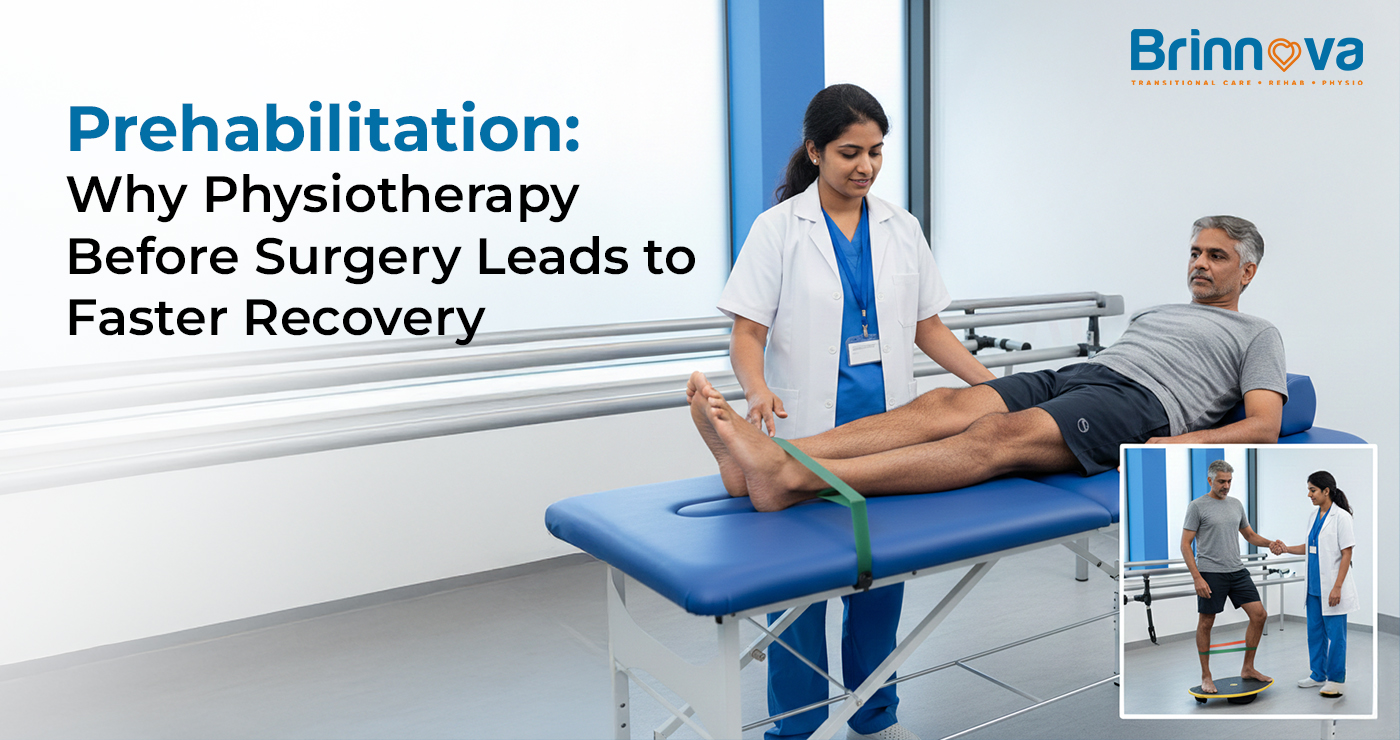Top 10 Spine Strengthening Exercises to Improve Your Posture
Even though it plays a big role in movement, spinal health is usually overlooked. A lot of individuals struggle to stand or sit properly because weak muscles can cause back issues. Spine exercises should be done regularly because they make your posture, comfort level, and spine stronger. You can improve your spine’s well-being by doing spine exercises either inside your house or at the gym.
Why Should You Focus on Spine Strengthening Exercises?
Your whole body relies on the spine for its main support. Regularly supporting your chair improves your back and spine, gives you good posture, helps avoid injuries, and improves flexibility. If your spine hurts now or you are still recovering from an injury, doing spine exercises at home is very necessary.
How Can You Strengthen Your Spine?
There are 10 spine exercises on how to make your spine and muscles stronger to improve your posture and reduce back pain.
1. Bridges
It improves the strength of the glute and lower back muscles, helping make the movements of the spine more stable.
On the floor, lie down and bend your knees, placing your feet where they contact the floor. Press evenly on your heels and raise your hips so that your shoulders and your knees are exactly straight. Then, slowly drop your hips back to the floor after you are done with the holding moment.
2. Cat-Cow Stretch
The Cat-Cow stretch helps to stretch the spine and gives it more strength.
First, place your hands below your shoulders and your knees below your hips while on all fours. Lift your chest and tailbone toward the ceiling while pulling your head all the way up and extending your back as if you are in cow position. Breathe out and round your back harmoniously (in a “cat position”), bringing your chin and tailbone firmly in position too.
3. Spinal Rotation
Rotating your spine boosts your flexibility and supports the stability of the muscles that lie behind your backbone.
Doing this exercise, take a position where your back is against the wall as your feet are a shoulder’s width apart. Walk slowly over your body and lean yourself against the wall on one side. Hold your side for 10 seconds, and after that, change sides.
4. Plank
A plank strengthens your spine and core muscles and is a helpful workout.
First, lie down on your toes and hands, pressing your body up while keeping it in line with your hands and toes fully extended. Pull your body back and hold the exercise using the strength from your core for as long as you are able.
5. Thoracic Extension
Doing thoracic extension spine exercises can make the upper back more flexible and thus help with sitting and standing posture.
To do it, start by placing a foam roller under your back just under your shoulders. Keep your hands together, and then slowly lean backwards on the roller. Stay in this position for some time before you move back to the starting place.
6. Bird Dog
These are exercises for lower back pain and the core, which improve balance and spine strength.
You should start by being on all fours with your back placed next to the ground. Hold your right arm forward and extend your left leg backwards, so you stay in one straight line. Hold your current position for a few moments, and then switch arms.
7. Wall Angels
They aid in correcting posture, as they always help the upper back and shoulder regions.
Position yourself with your back against the wall while your feet go slightly forward. Hold yourself against the wall with your body forming an ‘upside-down W’ from head to feet. Bring your arms upwards, making a ‘Y’ shape, and then bring them down again slowly.
8. Knee-to-Chest Stretch
It helps ease back stress and improves the strength of the spinal muscles.
Lie on your back and then lift one knee so that the other leg stays still. Spend 20 to 30 seconds in the position, and when done, move over to the other side.
9. Superman Exercise
By doing this exercise for spine pain, you focus on the lower back, backside, and spine muscles.
This is done by going face down and spreading your arms out in front of your body. Keep your spine straight and slowly raise all parts of your body from the floor to do the Superman pose. Sustain the position for some seconds and then come back to the starting position.
10. Pelvic Tilts
Doing this movement is important for the lower back and abdominal muscles, which help the spine.
First, set yourself up lying down, bend your knees, and put your feet flat on the floor. Tighten your abdominal muscles and push your pelvis forward to have your lower back drop backwards. Take a few deep breaths and then relax your muscles afterwards.
Brinnova: Enhance Your Spine’s Health and Well-being
Incorporating spine strengthening exercises into your daily routine can significantly improve your posture, relieve spine pain, and strengthen your back muscles. Whether you are looking to ease lower back discomfort or boost your spine’s overall health, these spine exercises deliver tangible results. At Brinnova Care, we understand that each individual’s needs are unique. That is why our expert physiotherapists offer personalised programmes tailored to address your specific concerns. With our guidance, you will receive dedicated support to manage back pain and effectively strengthen your spine.




